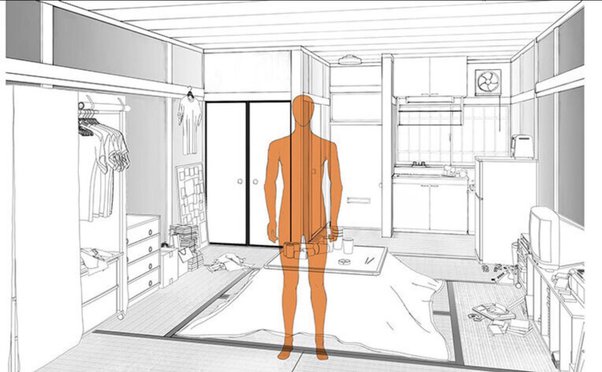Digital Storytelling and Crafting Immersive Worlds in Webtoons
admin
- 0
Digital storytelling has taken on a new dimension with the rise of platforms like Webtoons, where creators craft immersive worlds that captivate audiences in unique ways. With its scrolling format and interactive elements, Webtoons offer a dynamic canvas for storytellers to weave intricate narratives and engage readers like never before. At the heart of this medium lies the art of creating compelling visuals and narratives that seamlessly blend together to form an immersive experience. Creators leverage a combination of stunning artwork, fluid animations, and strategic pacing to draw readers into their worlds from the very first panel. Whether it is a fantastical realm filled with mythical creatures or a dystopian future fraught with political intrigue, the key is to establish a sense of place that feels tangible and alive. This often involves meticulous world-building, where every aspect of the setting from its geography and culture to its history and technology is carefully crafted to enrich the story and evoke a visceral response from the audience. One of the defining features of digital storytelling on platforms like Webtoons is its interactive nature, allowing readers to engage with the story in ways that traditional mediums cannot replicate.

Through features like sound effects, music, and animated transitions, creators can create a multi-sensory experience that immerses readers on a deeper level. Moreover, the ability to incorporate interactive elements such as clickable links, polls, and quizzes adds another layer of engagement, allowing readers to influence the direction of the narrative or delve deeper into the lore of the world. This interactivity fosters a sense of agency and co-creation, transforming the act of reading into a participatory experience where readers feel personally invested in the story’s outcome. Another aspect that sets digital storytelling on Webtoons apart is its accessibility and global reach. Unlike traditional print media, which often faces barriers of distribution and translation, Webtoons can be accessed by anyone with an internet connection, transcending geographical and cultural boundaries. This democratization of storytelling not only allows creators to reach a wider audience but also fosters diversity and inclusion by providing a platform for voices that may have been marginalized in mainstream media. As a result, readers are exposed to a rich tapestry of stories and perspectives from around the world, enriching their own cultural literacy and expanding their horizons.
Furthermore, the serial nature of 툰코 enables creators to cultivate a loyal fanbase and foster a sense of community around their work. By releasing episodes on a regular schedule and engaging with readers through comments, fan art, and Q&A sessions, creators can build a rapport with their audience and keep them eagerly anticipating each new installment. This symbiotic relationship between creators and fans not only fuels the success of individual series but also contributes to the overall vibrancy of the Webtoons platform as a whole. In conclusion, digital storytelling on platforms like Webtoons represents a groundbreaking fusion of art and technology, offering creators unprecedented opportunities to craft immersive worlds and engage audiences in new and exciting ways. By leveraging the unique features of the medium from interactive elements to global accessibility creators can transcend the limitations of traditional storytelling and usher in a new era of narrative innovation. As the digital landscape continues to evolve, the possibilities for storytelling on platforms like Webtoons are limited only by the imagination of the creators who inhabit them.